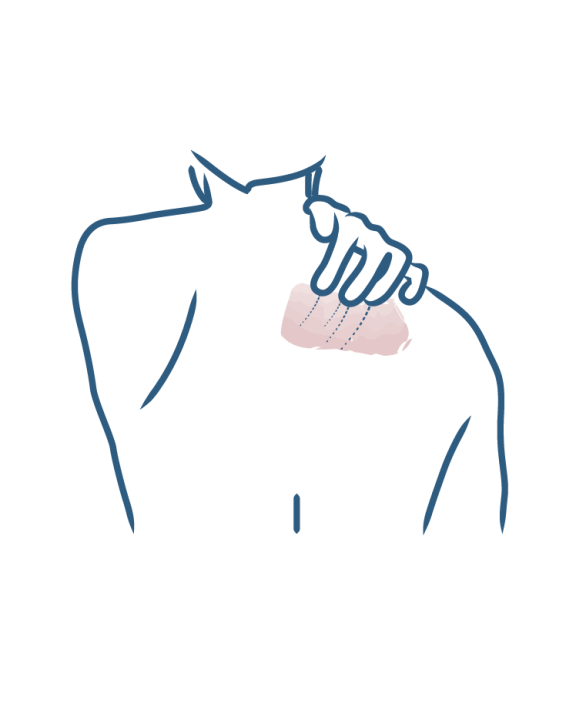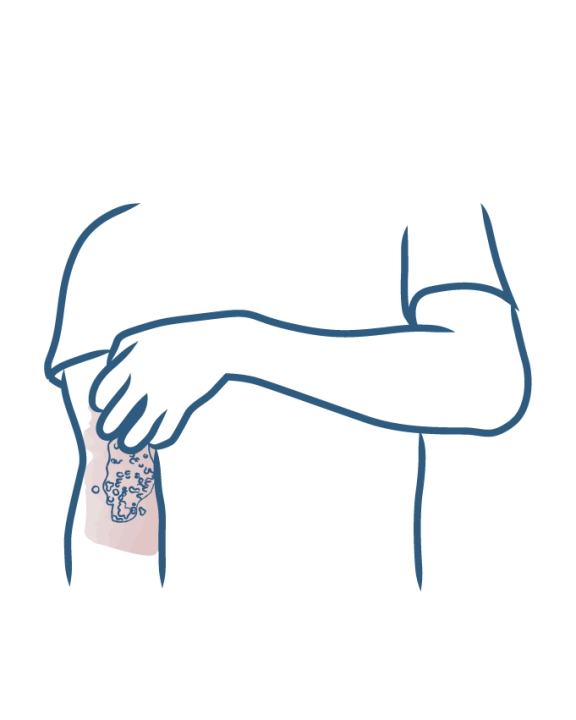Body eczema: hands, feet, arms, back, face, etc.
- SUMMARY
- Eczema
Leg eczema or varicose eczema
- What is infantile eczema?
- What soap should be used for babies with eczema?
- Eczema in babies and children: the areas most often affected
- Eczema in babies: what habits should you adopt?
- When should you consult a physician about your baby's eczema?
- Cortisone cream to relieve eczema?
- How should you treat baby’s and infant’s eczema?
- Body eczema: hands, feet, arms, back, face, etc.
- Facial eczema
- Eczema on the neck and nape of the neck
- Hand and finger eczema (chronic hand eczema)
- Eczema of the eyelids, eyes or palpebral eczema
- Arm eczema (elbows, armpits, forearms)
- Eczema on the stomach and belly button
- Foot eczema
- Scalp eczema
- Eczema in the ears
- Eczema on the back
- Eczema around the mouth
- Leg eczema or varicose eczema
- Living with eczema day to day
- Eczema: What daily reflexes should you adopt?
- Eczema: can it be cured?
- Eczema cream, ointment: what should you use?
- Eczema: how to treat itching
- What are the habits to avoid when you have eczema?
- Eczema: how can flare-ups be avoided?
- Eczema: what foods should you eat?
- Which detergent should eczema patients use?
- What soap should be used for eczema?
- Swimming pool, swimming when you have eczema?
- What causes eczema?
- Hereditary eczema
- Perspiration-induced eczema
- Stress-induced eczema
- Allergy-induced eczema
- Clothing contact eczema
- Contact eczema due to cosmetics
- Contact eczema due to nickel and chromium
- Contact eczema due to medication and topical treatments
- Contact eczema due to cleaning products
Leg eczema or varicose eczema
Leg eczema is essentially due to venous insufficiency: it is varicose eczema. But be aware that red plaques on the legs can also be a symptom of other diseases!
Leg eczema: definition
Leg eczema or varicose eczema is a very specific form of eczema, also known as stasis dermatitis. It occurs because of venous insufficiency, i.e. the presence of circulatory disorders in the individual.
Leg eczema is very embarrassing: the red plaques on the legs are often unsightly and associated with severe itching.
Leg eczema: not to be confused
A red plaque on the leg can be caused by several diseases. Some are serious conditions and/or require prompt management. For example, a red plaque on the leg may indicate deep vein thrombosis (or phlebitis) or erysipelas (a bacterial infection of the skin).
Varicose eczema often begins on the lower legs. Eczema on the thighs is rarely associated with varicose eczema, or it may occur later. The main symptom of eczema on the thighs is the presence of atopic dermatitis and other eczema plaques on the skin. The rear part of the thighs is particularly affected.
Red plaques on the legs may be due to contact eczema following the application of a product or dressing on the legs.
You may have both arm eczema and leg eczema. In this case, venous insufficiency is rarely the cause, it is probably atopic eczema.
Leg eczema: what is the best treatment?
The treatment of leg eczema involves the treatment of venous insufficiency: wearing support stockings, elevation of the legs, surgical intervention if necessary. The physician also prescribes cortisone creams and emollients for local relief.
- Discover Eczema around the mouth
Body eczema: hands, feet, arms, back, face, etc.
Eczema around the mouth
- Discover Scalp eczema
Body eczema: hands, feet, arms, back, face, etc.
Scalp eczema
- Discover Foot eczema
Body eczema: hands, feet, arms, back, face, etc.
Foot eczema
- Discover Eczema in the ears
Body eczema: hands, feet, arms, back, face, etc.
Eczema in the ears
- Discover Facial eczema
Body eczema: hands, feet, arms, back, face, etc.
Facial eczema
- Discover Eczema on the neck and nape of the neck
Body eczema: hands, feet, arms, back, face, etc.
Eczema on the neck and nape of the neck
- Discover Hand and finger eczema (chronic hand eczema)
Body eczema: hands, feet, arms, back, face, etc.
Hand and finger eczema (chronic hand eczema)
- Discover Eczema of the eyelids, eyes or palpebral eczema
Body eczema: hands, feet, arms, back, face, etc.
Eczema of the eyelids, eyes or palpebral eczema
- Discover Arm eczema (elbows, armpits, forearms)
Body eczema: hands, feet, arms, back, face, etc.
Arm eczema (elbows, armpits, forearms)
- Discover Eczema on the stomach and belly button
Body eczema: hands, feet, arms, back, face, etc.
Eczema on the stomach and belly button
Our care routines
Skin prone to atopic eczema, contact eczema, chronic eczema and/or, eyelid eczema
Dermatological expertise
To better understand your skin and hair, discover our exclusive content and innovative care products designed to improve your quality of life..





